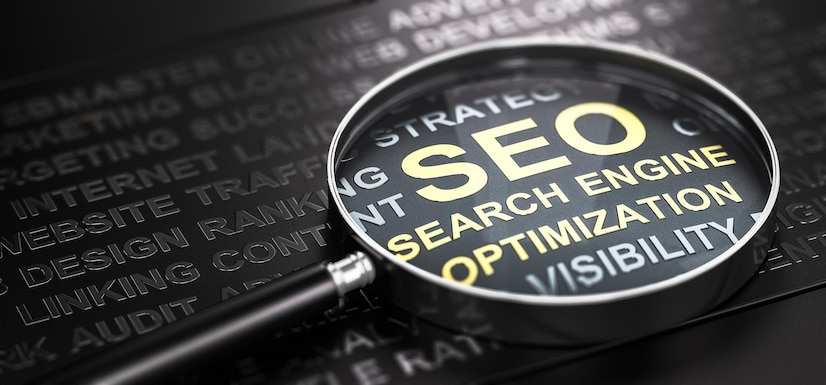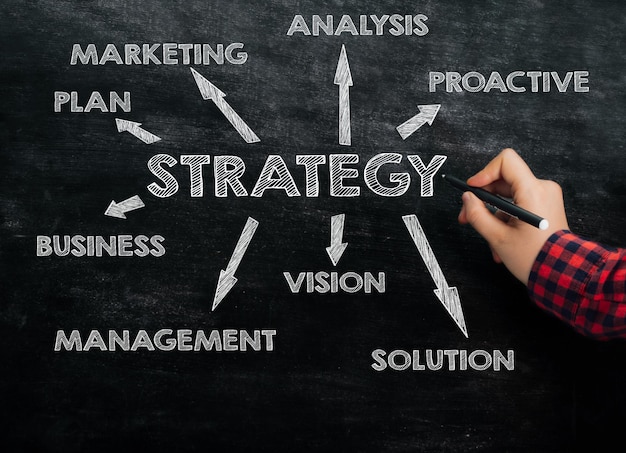
As more and more businesses begin questioning how their internal production processes can be adjusted to be more environmentally considerate, they are looking to what is known as a closed-loop economy. While this may require many businesses to completely retool the way their current production processes are ran, there are a number of benefits that these businesses gain as a result of these changes. What it takes to fully realize these benefits is the ability to incorporate the model into their current processes in addition to finding ways to enable it in a way that creates a competitive advantage. Throughout this post, the ways in which many businesses could easily incorporate this model into their current operations will be detailed in length.
It’s important to first understand the ways in which this model operates. A closed-loop economy requires a circular economy, which is when a business is able to eliminate all waste output from their production processes. That is to say, rather than waste being the last step of production, these inputs are reused, recycled, shared, or repaired in a way that they can be a part of the creation cycle again.
This approach to creating and consuming materials has seen an uptick in popularity in recent years. So much so, that estimates suggest it will be worth $4.5 trillion dollars globally by the end of year 2030. What’s the reason for such a valuable evaluation, though? Well, this approach has been known to increase customer loyalty, promote positive public recognition, and even decrease the need for external suppliers, thus leading to much more money being saved by the businesses operating under the model. As more and more businesses elect to transition to this strategy, environmental implications can be reduced, and more raw material can be saved; thus further benefiting businesses and their customers.
The Model in Action
Any business hoping to integrate this model into their current production processes must first identify a way in which they can establish a closed-loop supply chain. Which means they’ll likely have to rethink a number of major parts of their operations. For example, the way products and their packaging are designed and manufactured. They’ll also have to think about how their products are sold, refurbished and reused. Though it may seem difficult as just one business, as more and more businesses join a closed-loop supply chain, the ability to save raw materials continues to become easier.
The problem is that a majority of companies currently follow a linear economy model. Meaning raw materials are initially utilized by manufacturers in order to design and create their products and find little to no use after this process is over. The products that are created from these inputs are used and disposed of by individual consumers or companies. This limits the amount of reused or recycled material. A majority of the inputs will be wasted and will be unable to be used in the creation process again. Rather than this, utilizing this model creates an opportunity for much more sustainable products. For more information on this model in action, check out the infographic featured alongside this post. Courtesy of Quincy Recycle.







